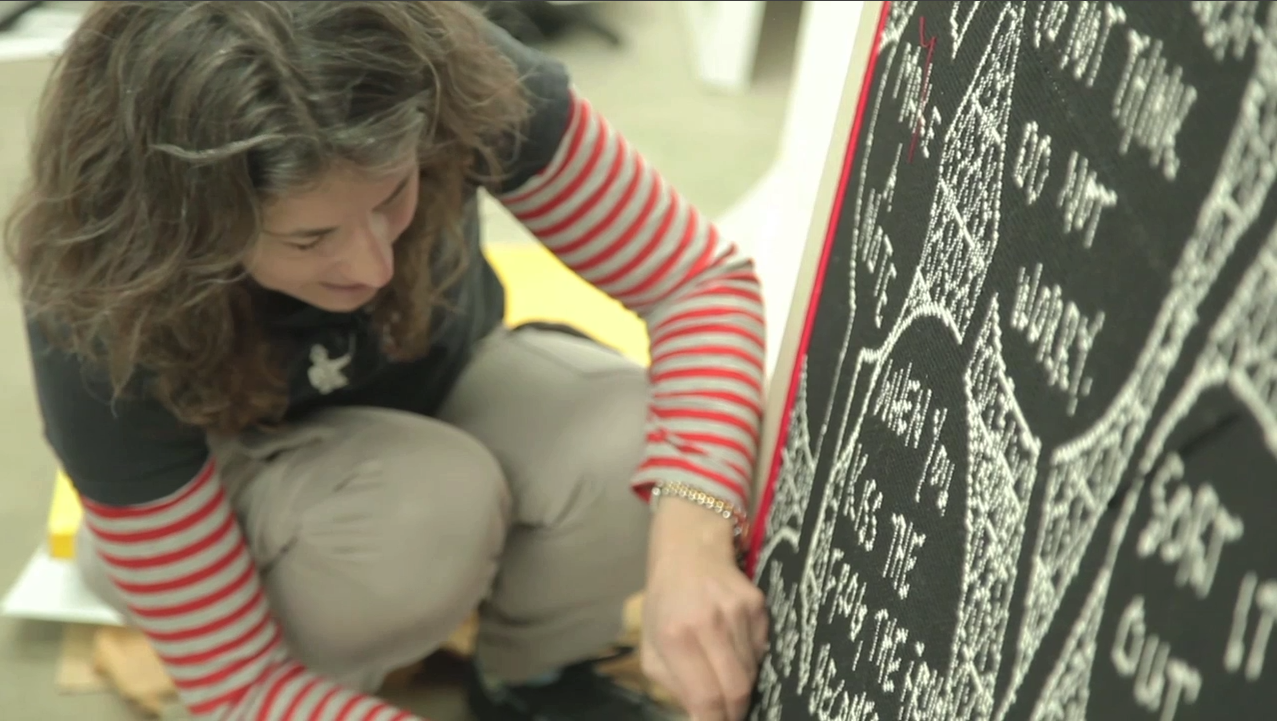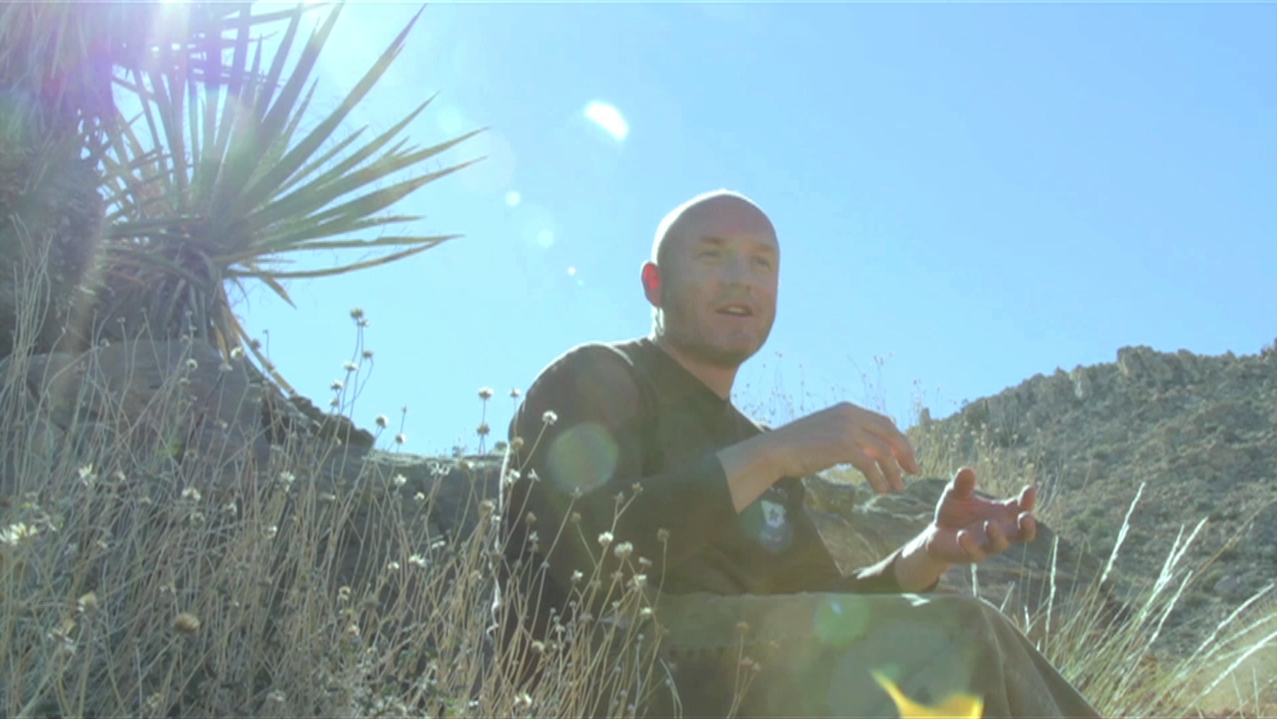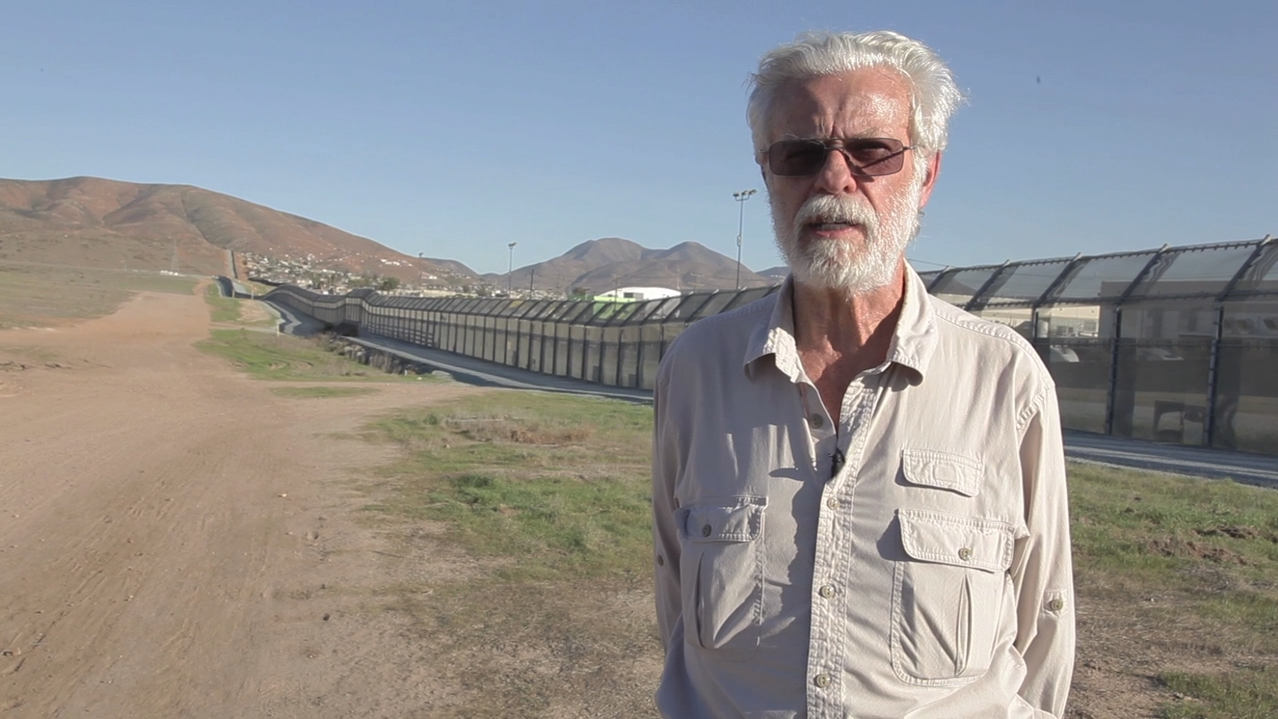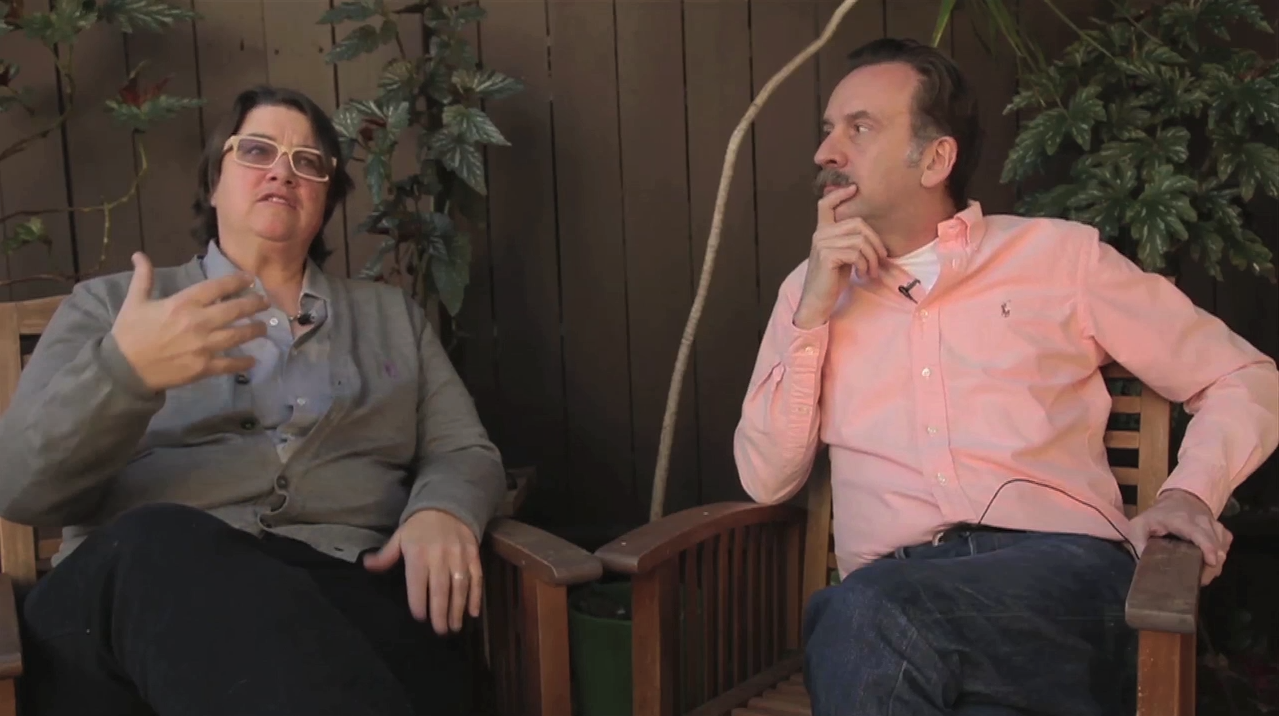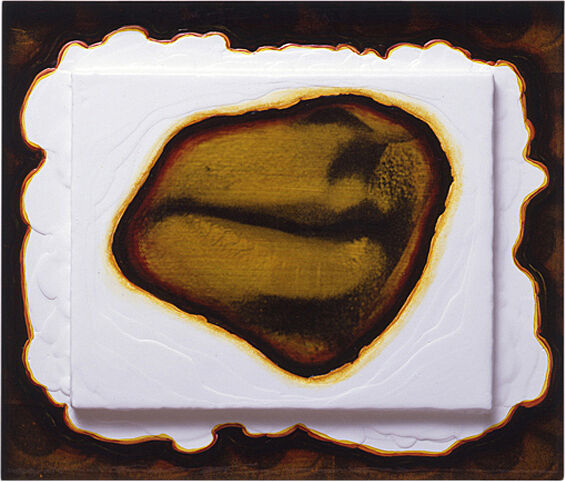Out West: Interviews with 2014 Biennial Artists
Apr 4, 2014
As the Interpretation Fellow in the Whitney’s Education department, I produce short videos for Watch & Listen on the Whitney’s website and the in-gallery digital guide. Before the 2014 Biennial exhibition, I had the incredible opportunity to travel to Southern California to meet Biennial artists in their studios and ask them some questions about their work and process.
On the first day of our trip, videographer Pierce Jackson and I met with Lisa Anne Auerbach and Karl Haendel in Los Angeles. They’re both relatively young artists, but they were very articulate about their practices. I especially enjoyed hearing from Auerbach about the psychics she visited recently. Psychics often operate out of modest storefront businesses that are a common sight in Southern California. Auerbach visited dozens of these businesses and recorded the psychics’ various observations and predictions about her life. For Know Your Future (2013), one of her pieces on-view in the Biennial, Auerbach knitted some of these nuggets—“let the dream write itself,” for instance, or, “when you overthink it shuts down your third eye”—across a wool banner. The piece may seem like a departure from the political work she is known for, but, in fact, it’s in direct dialogue with it. Auerbach is interested in how the psychics’ messages function analogously to political slogans—vague, but potentially highly meaningful at the same time. For her, this in-between state has an engaging rhetorical power.
The next day Pierce and I travelled two hours east, to Joshua Tree, where two Biennial artists—Julie Ault and Alma Allen—live and work. Ault and Allen have very different practices, but working in Joshua Tree has influenced each of them in different ways. Allen goes on daily walks around the canyons in the natural landscape. The forms he sees inspire the abstract sculptures that are on view in the Biennial. Ault, too, finds inspiration in the landscape. However, for her, it’s more the quiet and openness of the desert. She finds living in Joshua Tree rejuvenative and gives her the space to continue producing art. She is also interested in the history and mythology of the American West. For her contribution to the Biennial—a curated show of works that engage with various historical archives—the Donner Party’s ill-fated westward migration plays an important role.
After that we met up with Fred Lonidier at the United States-Mexican border, just south of San Diego. Fred is a political artist, focusing on labor relations. Of late, he has been interested in the Mexican workers who assemble parts of products that are shipped to the United States right across the border.
On our last day in California, Pierce and I returned to Los Angeles to visit Richard Hawkins and Catherine Opie who curated a small grouping of paintings by the late, L.A.-based artist Tony Greene. And, finally, in the afternoon we had the honor of meeting John Mason who is a master of ceramic techniques.
I enjoyed being in California and discussing art with a very diverse group of artists. The contemporary art scene in and around Los Angeles is smaller than the one I’m familiar with in New York, but it’s growing fast and it has an infectious energy that I enjoyed experiencing first hand. After spending time in this region, it came as no surprise to me that so many of the artists selected for the 2014 Biennial called Southern California home. View the 2014 Biennial videos here.
Gene McHugh, Interpretation Fellow

